
Wandsworth Town is a district of south London, within the London Borough of Wandsworth 4.2 miles (6.8 km) southwest of Charing Cross. The area is identified in the London Plan as one of 35 major centres in Greater London.

Michelin House at 81 Fulham Road, Chelsea, London, was constructed as the first permanent UK headquarters and tyre depot for the Michelin Tyre Company Ltd. The building opened for business on 20 January 1911. In 1987 the building was converted to mixed-use, with a store, restaurant, bar and office space.

The Freemasons Tavern is a 19th-century pub in the Brunswick Town area of Hove, part of the English city of Brighton and Hove. Built in the 1850s in a Classical style similar to the surrounding buildings in the rapidly growing Brunswick Town area, it was given a "spectacular" renovation when a restaurant was added in the 1920s. Local architecture firm Denman & Son designed an ornate Art Deco interior and an elaborate, brightly coloured entrance adorned with Masonic symbols; both the exterior and the interior survive in excellent condition. The tavern is a Grade II Listed building.
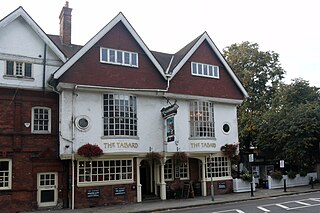
The block of three buildings containing The Tabard public house is a Grade II* listed structure in Chiswick, London. The block, with a row of seven gables in its roof, was designed by Norman Shaw in 1880 as part of the community focus of the Bedford Park garden suburb. The block contains the Bedford Park Stores, once a co-operative, and a house for the manager.

Marygate is a street in York, England, running just north of the city centre. Built in the Middle Ages, it gets its name from St Mary's Abbey and the Viking word "gata," meaning street. The area where the street lies was outside the walls of the Roman city of Eboracum, and represented the northern limit of the settlement; to the north, the land was used only for burials. The street runs south-west, from Bootham, down to the River Ouse.
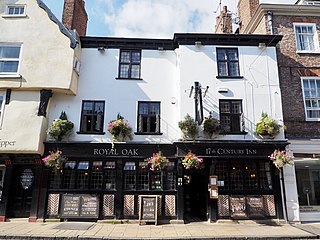
The Royal Oak is a pub in the city centre of York, in England.

The Eagle & Child is a pub on High Petergate, in the city centre of York, in England.

The Masons Arms is a pub on Fishergate, immediately south of the city centre of York, in England.
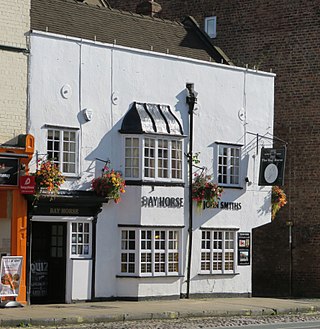
The Bay Horse is a pub on Blossom Street, immediately west of the city centre of York, in England.
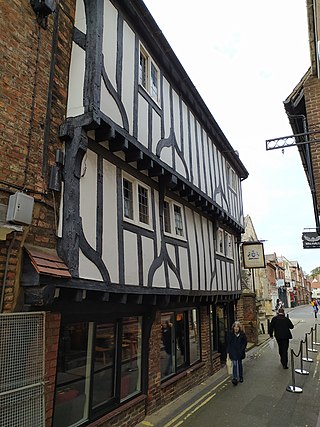
6 Patrick Pool is a grade II* listed timber framed building in the city centre of York, in England.
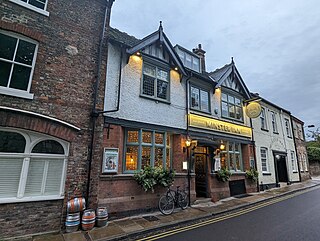
The Minster Inn is a pub on Marygate, immediately north of the city centre of York, in England.
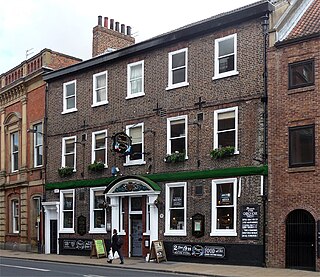
The Museum Street Tavern, formerly Thomas's of York, is a historic pub in the city centre of York, in England.
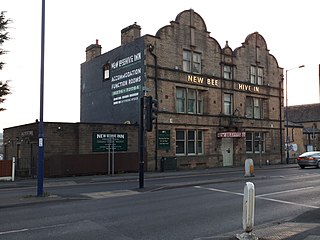
The New Beehive Inn is a former pub in Bradford, England. It was built by Bradford Corporation in 1901 to replace an existing public house of the same name that they had purchased in 1889 and demolished to widen a road. The corporation intended to run the pub itself but instead let it out and sold it in 1926. It has since been run by a number of brewery companies and individuals. The pub contained many features dating to its construction and a significant refurbishment in 1936 and was described by the Campaign for Real Ale as "one of the country's very best historic pub interiors".

Ye Olde White Harte is a public house in Hull, England. It was built around 1660 in the Artisan Mannerist style but did not become a pub until the 1730s. In the aftermath of the Glorious Revolution of 1688 it was the site of a successful plot to remove the Catholic Governor of Hull. The pub was remodelled in 1881 in the Romantic style with extensive alteration to the interior and façade. At least two residents have suffered fatal accidents in the pub and it is reputed to be "one of Hull's most haunted".

The Electric Cinema was the first purpose-built cinema in the city of York, in England. It is a Grade II listed building.

The Golden Ball is a pub in the Bishophill area of central York, in England.
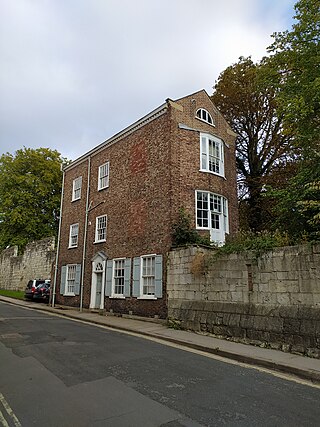
29 Marygate is a historic house on Marygate, immediately north of the city centre of York, in England.

St Olave's House is a historic building on Marygate, immediately north of the city centre of York in England.

The Angel and White Horse is a pub in the town centre of Tadcaster, in North Yorkshire, in England.

The Tap on the Tutt is a historic pub in Boroughbridge, a town in North Yorkshire, in England.





















